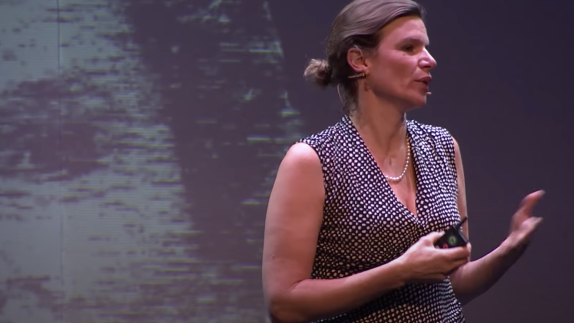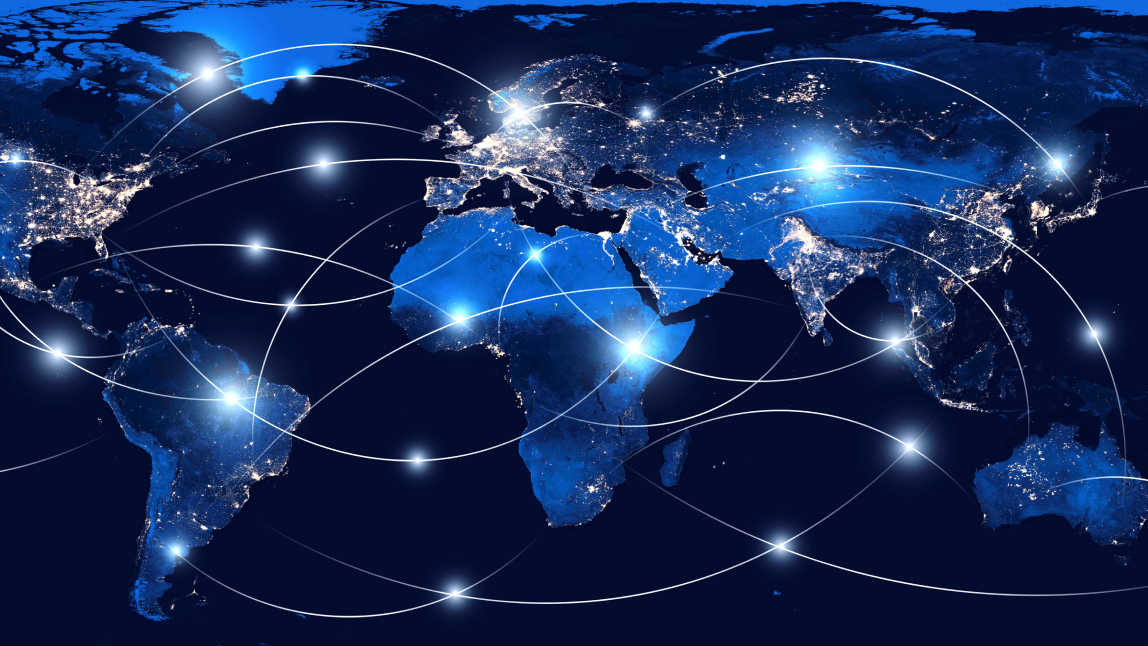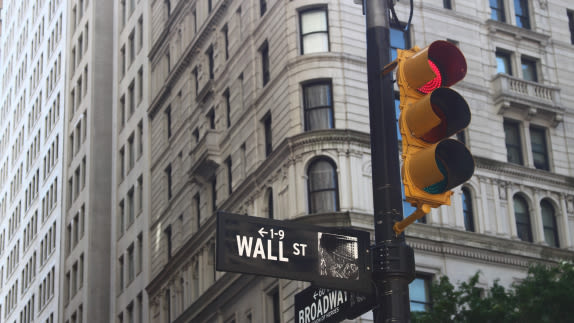In February 2023, the Ellen MacArthur Foundation and the US White House Office of Science and Technology Policy (OSTP) co-hosted a Circular Economy Innovation Roundtable with innovation leaders from across the country. The group – made up of federal government officials, small and large businesses, city and community leaders, thought leaders and researchers – discussed the opportunities and challenges of shifting the US to a circular economy at scale.
In this piece, Dacie Meng – the Ellen MacArthur Foundation’s Policy and Institutions Senior Manager for North America – reflects on how circular economycircular economyA systems solution framework that tackles global challenges like climate change, biodiversity loss, waste, and pollution. It is based on three principles, driven by design: eliminate waste and pollution, circulate products and materials (at their highest value), and regenerate nature. strategies can stimulate innovation and help to achieve climate goals.
For OSTP’s official readout, please visit this link.
The US is at an important moment in its circular economy journey. The government has opened the door to conversation, connections are being made between the circular economy and achieving existing and future net-zero goals, and federal support is strengthening.
However, the scale of the opportunity is yet to be widely appreciated. To seize and realise the full potential of a circular economy to meet climate goals and address national security concerns by strengthening supply chain resilience, the US needs to fully leverage the transformative power of circular economy innovation.
Momentum towards a circular economy is beginning to build
Increasingly, the opportunity presented by a circular economy is being recognised. As part of its recently launched Net-Zero Game Changers Initiative, the White House Office of Science and Technology Policy (OSTP) cites circular economy innovation as key to achieving net-zero emissions by 2050. Following a comprehensive analysis of circular economy innovations, OSTP aims to develop a national framework on circular economy innovation. Circular economy innovations are also included as part of a suite of wider climate action within the US government’s research and development priorities for the fiscal year 2024. Additionally, the transition to a circular economy is listed in the CHIPS and Science Act as a requirement in order to achieve the strategic objectives and research priorities of the United States’ science and technological leadership.
Apart from the current Administration’s most recent signals, the past few years have seen a steady swelling of interest in the circular economy across the US government which has resulted in multiple outputs, including:
Meanwhile, on the international stage, the Department of State has increasingly engaged on circular economy-related topics at high-profile events and in global political forums, from the G20 and G7 to the United Nations Environment Assembly and World Trade Organisation. Momentum is building on the ground, too. Across the country, countless programs and initiatives are underway at both local and state level which will help seed regional circular economies.
At all scales, support for the circular economy is growing in the US. Increasingly, the circular economy is being connected, too, to other policy objectives such as net-zero emissions and national security, presenting an opportunity to more fully explore and integrate the circular economy with other cross-cutting national priorities.
From small steps to giant leaps towards a US circular economy
To unlock the full potential of the circular economy – in practice and at scale – and achieve the outcomes we need, innovation will be critical. We need solutions that help us tackle a range of interconnected challenges facing America today: from climate change and biodiversity loss to economic instability and geopolitical shocks. The circular economy has the potential to deliver on all of these points – if the transition is carefully and thoughtfully designed and implemented.
The US is a land of innovators, a country of possibility. It has a proud history of developing technologies that transform our world. Looking to the future, it is imperative that the country now reorients that resource and talent towards a new transformation: the urgent transition to a circular economy. Witnessing the ways in which the ‘big idea’ of the circular economy is beginning to take hold in the US is exciting. We see innovation already happening in many facets of the transition, including, but by no means limited to, materials that are building on new technologies and centuries-old knowledge and transparency and traceability systems that allow us to account for the true cost and opportunity of products while communicating clearly across the supply chain. Maintaining this forward motion by continuing to convene stakeholders from across the economy in opportunities for collaboration is important. But now is the time to act. Through circular economy innovation we can accelerate our economic, environmental, and social ambitions into real-world positive impact.
Let’s get started.







